Zest for life at 50+
Vitality and life energy into old age
Fit and active into old age
You are in your prime, but you’re increasingly concerned about ageing, your well-being and your vitality? That’s very good, because life expectancy in the UK has risen steadily over the last 60 years – so it’s all the more important that you remain healthy and vital into old age.
Of course the natural ageing process also includes physical changes, but even these can be positively influenced by a healthy lifestyle. Pay attention to a conscientious diet and sufficient exercise, so you can prevent health complaints and start into the best years with a zest for life.
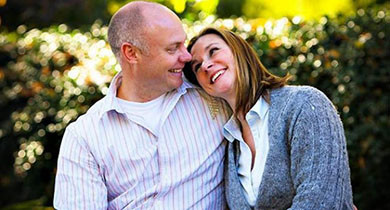
How to maintain and increase your quality of life in old age
- Exercise regularly to prevent the loss of muscle strength and increase your mobility and balance. This also reduces the risk of falling and bone loss. Exercise can also help prevent diabetes by reducing excess weight and lowering elevated blood sugar levels.
- Ensure a balanced diet to meet your need for vital nutrients.
- A nutrient-rich diet and plenty of exercise also prevent menopause symptoms.
- Drink enough – even if you’re not thirsty. The consequences of not drinking enough should never be underestimated: headaches, low blood pressure, urinary tract infections, forgetfulness and a tendency to fall.
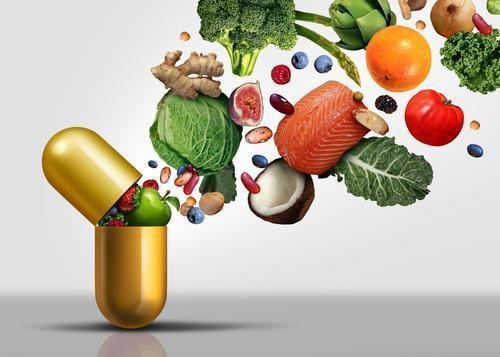
- Calcium and vitamin D slow down bone loss. In addition to dairy products, you should also eat more parsley, broccoli, sesame seeds and tofu, which all contain plenty of calcium.
- In addition to conscientious nutrition and exercise, fresh air and sufficient sleep strengthen the body’s own defences.
- Check your body weight regularly. Being overweight and underweight encourage the outbreak of certain illnesses. If necessary, seek advice from your family doctor.
- Prevention is better than a cure. Discuss with your family doctor whether a preventive method of avoiding illness or a specific method to alleviate or cure an illness would be suitable for you.

Nutrient-rich nutrition – but how?
In old age we need less energy than before. At the same time, the demand for nutrients, vitamins and minerals remains high. Which foods and eating habits do we use to avoid overweight or a deficiency?
Calcium, vitamin D, vitamin B12, folic acid and zinc – these nutrients are also indispensable in old age. It is important to know that they influence each other in their effectiveness. For example, a vitamin B12 deficiency may prevent the body from processing folic acid. Stress can also slow down the absorption of nutrients. A balanced, harmonious lifestyle therefore plays an important role in healthy nutrition.
These nutrients are a must:
- The interaction of calcium and vitamin D is important to e.g. maintain bone density. Dairy products, especially hard cheese, are good for supplying calcium to your body – but parsley, green cabbage, broccoli, sesame and tofu also contain a lot of this mineral. Vitamin D is produced by your body when you’re regularly exposed to sunlight. This vitamin is only found in limited amounts in foods such as salmon and herring, liver, egg yolk and certain edible mushrooms.
- Vitamin B12 is important for metabolic processes, since it helps to break down certain fatty acids. It also supports blood formation by converting folic acid into a form that the body can use. Vitamin B12 is found almost exclusively in animal foods, i.e. fish, meat, dairy products and eggs. An important source of folic acid is green leafy vegetables such as spinach, but also legumes, wholemeal products, egg yolk and liver.
- The trace element zinc is important for the immune system. Zinc deficiency weakens the body’s defences and makes you more susceptible to infections. Even wounds do not heal as well if you have insufficient zinc in your body. A lot of zinc is found in animal products such as meat and cheese, but also in oat flakes, wheat bran, nuts and seeds.
- Vitamin E, vitamin C, carotenoids and secondary plant substances “trap” free radicals and thus strengthen your body’s defence mechanisms. If you eat a lot of fruit and vegetables regularly, you will consume sufficient antioxidant nutrients.
Meals with a high nutrient density
You can easily implement these tips in everyday life if you ensure that your food has a high nutrient density. Foods with a high nutrient density provide a comparable amount of nutrients, vitamins and minerals in relation to their energy content. This is particularly true of fruit and vegetables, but also of legumes, cereals, potatoes and meat. You can increase the nutrient density of your meals by adding fresh herbs, yeast flakes, germinated cereals (e.g. wheat germ, brown millet, etc.) to your meals – and also eat shoots. Cold-pressed, high-quality oils, easily digestible protein (e.g. fish) and – not to be underestimated – sufficient hydration are indispensable.
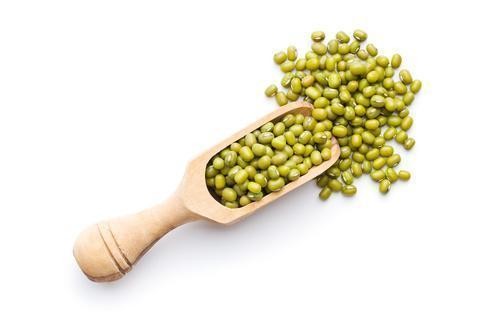
If you don’t drink water, you’ll really damage your health
Fluid deficiency has enormous effects on body and mind. Not only headaches, low blood pressure and urinary tract infections are the result, but also typical signs of old age such as forgetfulness and a tendency to fall – because too little fluid intake worsens short-term memory and information processing.
- Drink at least 1.5 litres of water daily.
- Make it a habit to drink small amounts (e.g. 100 ml each) at regular intervals throughout the day.
- If you don’t feel thirsty, you can fool yourself by preparing your ration of mineral water every day in the morning – this will help you keep track of how much you actually drink throughout the day.
- Water, unsweetened herbal teas and diluted fruit juices are ideal.
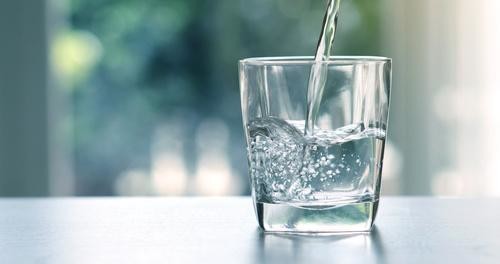
Preventing illness – how about a spa treatment?
A spa treatment is good for everyone and it’s an effective illness prevention too – because prevention is better than a cure. While spa treatments used to be a privilege of the upper classes, they are now open to everyone. Read how to apply here.
Basically, you can take advantage of all the common spa treatments at your own expense. However, if you are covered by social insurance and have a medical problem with a covering medical certificate, the spa treatment will be subsidised by a social institution or even taken over completely – because the treatment would have an important health benefit, namely,
- a preventive cure is intended to prevent an illness or prevent it from getting worse.
- Rehab is intended to cure an illness or alleviate its symptoms.
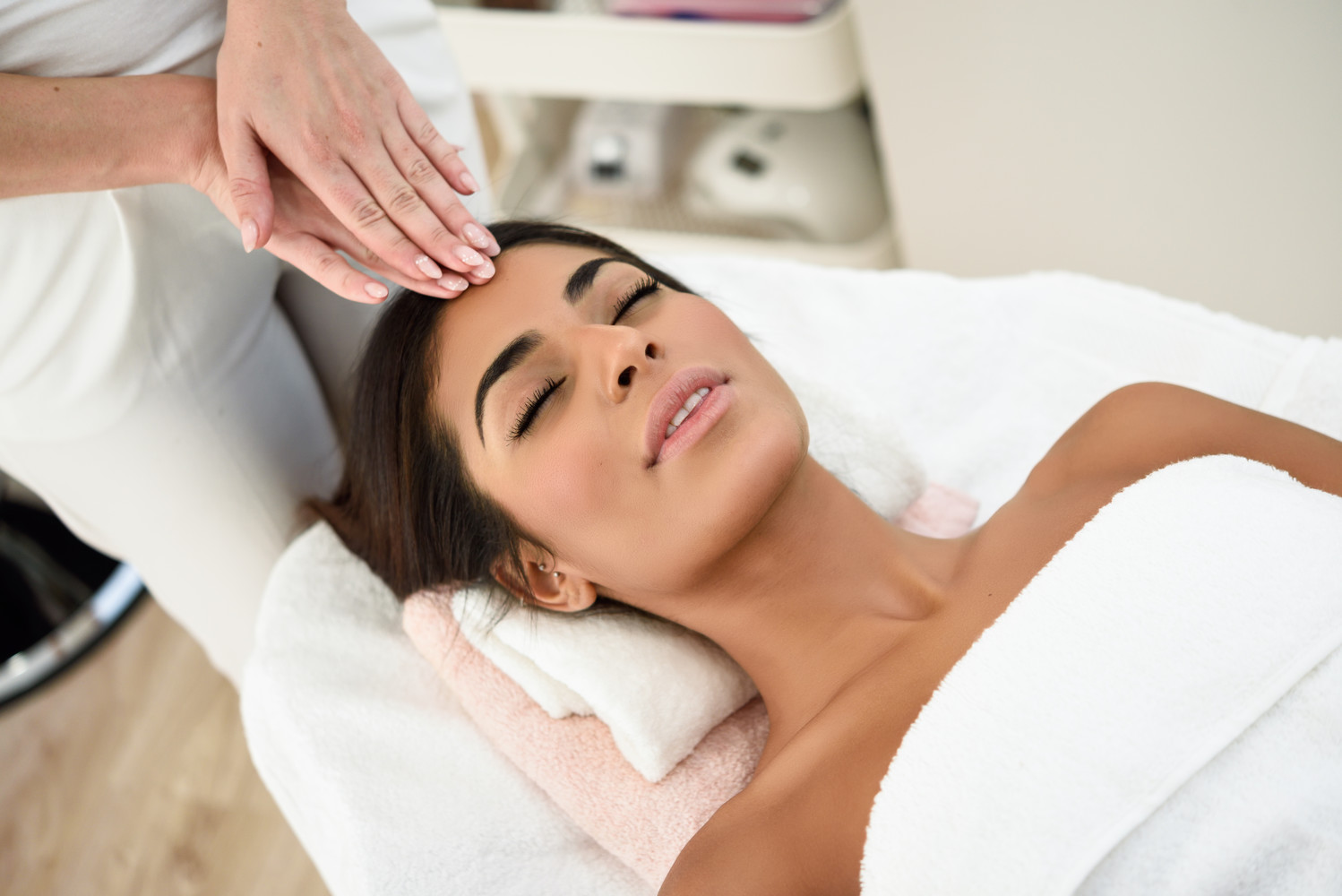
Step-by-step – how to get to your spa treatment
- First, see a doctor. If you want a spa treatment, the doctor must be a specialist. He or she will then certify whether such a treatment is necessary for you and recommend a suitable one.
- You can then request application forms from your health insurance company.
- Bring the form with you to the next doctor’s appointment. Together you will then determine the goals of the cure and the focus of the treatment. Your doctor will then fill out the form for the insurance company and justify the necessity.
- You now submit the form and, if necessary, supply your health insurance company with proof of your illness together with your application. The medical service of the insurance company may send you to another doctor.
- You will receive a confirmation from your health insurance company. In the event of rejection, you can lodge an appeal within four weeks.
- If you are accepted, you will select the spa (health resort) together with your doctor. The standard duration is three weeks, but extensions are often possible.
- You should make sure that you go to the spa within four months of authorisation – otherwise your entitlement lapses.
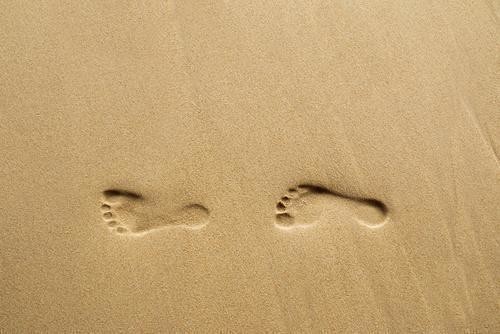
Fango, Thalasso, Kneipp & Co. – which spa treatment is right for me?
A large selection of proven treatment and healing methods is available for you to choose from. We explain what procedures are available and for which illnesses – and how you can treat yourself to a small spa treatment at your own home.
You have a wide choice – worldwide are countless health resorts and spas, including mineral and thermal springs, mud baths, climatic health resorts, sea spas and Kneipp spas. Depending on the symptoms, different therapies and healing procedures are suitable. Fango packs of mineral-rich healing mud, for example, warm the body and stimulate blood circulation.
The pores open up, allowing the minerals to penetrate deep into the skin and develop a soothing, relaxing effect. But there is much more – the Felke therapy, for example, as well as hay baths, various Kneipp applications, mud and brine baths and thermal & thalasso treatments. You can see which therapy is suitable for which illness here:
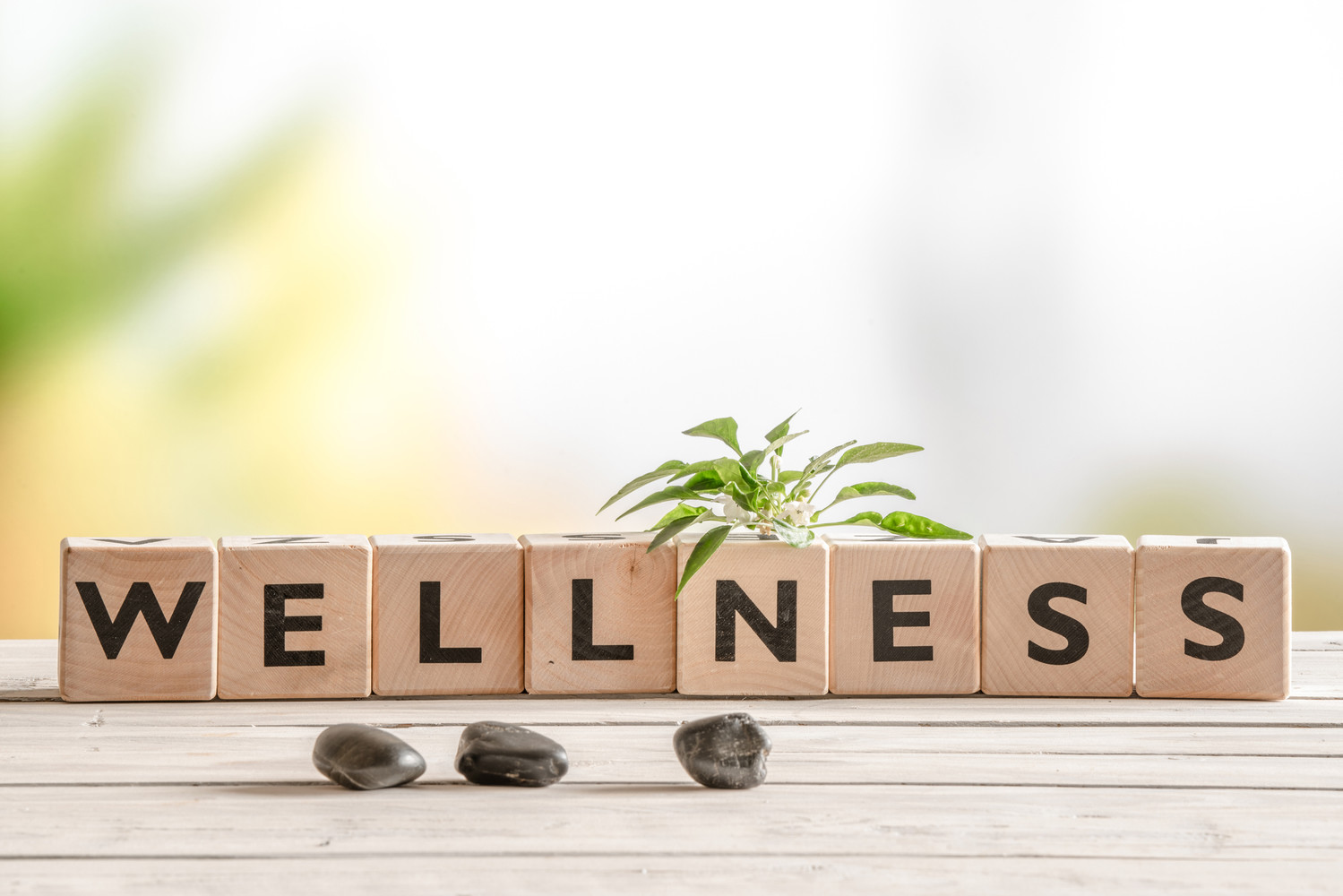
The small spa treatment in your own home – the alkaline bath
How about a private little spa treatment at home? It can be easily integrated into your everyday life and costs very little.
Tip: Pamper yourself with an alkaline bath! Its mineral salts promote the deacidification of your skin.
- In preparation for your bath, you can pamper yourself with a metabolism-stimulating brush massage.
- Fill the bath with water (about 37 degrees) and add about three tablespoons of alkaline bath powder. The salt gives the bath water an alkaline pH value of about 8. Your pores open up and the acids can then escape through the skin.
- Stay in the water for a lot longer than 20 minutes – one hour is ideal.
- Finish your bathing ceremony by oiling your body with a high-quality skin oil.
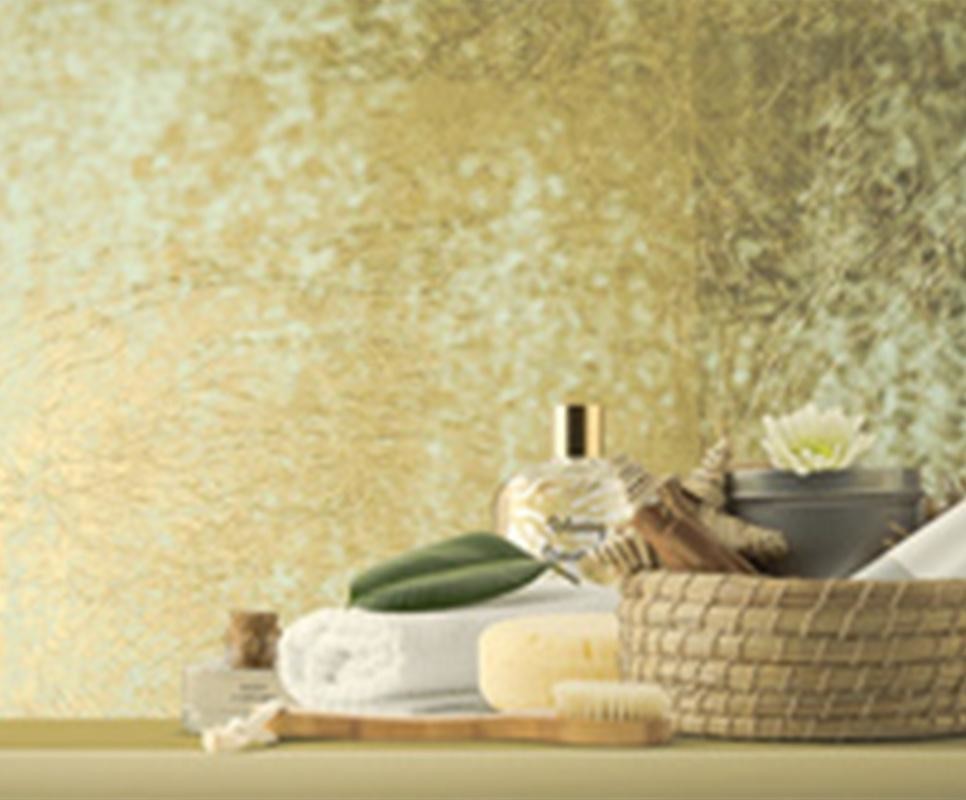
How to enjoy the menopause
Do you have to endure the menopause symptoms? The answer is … no, you do not! There are many ways of dealing positively with hormone changes and alleviating their symptoms – such as a change in diet.
The menopause can last up to ten years! For some women the symptoms start at 35, for others at around 50. In any case, it is helpful to recognise this “transition to more important things” (the translation of climacteric!) as a special phase of your life. The secret? Do yourself a lot of good, be careful with yourself, but also face new challenges self-confidently.
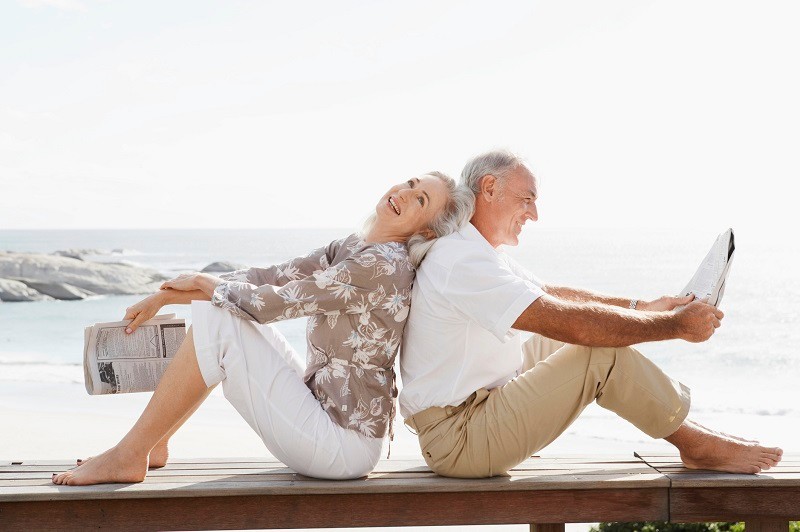
What happens to the body and the psyche?
Often, it’s the physical changes that are the first signs of reaching “middle age”. As a result of the hormonal changes, the ovaries gradually cease their activity and the production of the female sex hormones oestrogen and progestin decreases. Menstruation becomes more irregular and eventually stops altogether.
Many women complain of hot flushes and sleep disorders. The muscle mass decreases, so the daily energy requirement is also reduced. Ladies who do not change their diet will quickly gain weight. This in turn increases the risk of diabetes, high blood pressure, lipometabolic disorders and cardiovascular diseases. The ups and downs of hormones also affect the psyche of many women – quite a few suffer from mood swings and depression. The lust for life is gone – and you simply feel empty and useless.
Nevertheless, we would like to encourage you to find an appreciative approach to the menopause – and above all to yourself.
Our tips:
- Rethink your lifestyle and nutrition! With a changed diet you can bring about a metabolic change – and this will restore your hormonal balance. For example, the Metabolic Balance nutrition program is absolutely ideal to deal with these symptoms, simply because it is individually tailored to your needs. If, for example, your blood analysis shows a mineral deficiency, the plan will suggest a particularly high amount of calcium-rich vegetables. Soya products are also frequently recommended during the menopause, because soya contains phytoestrogens, which are plant hormones similar to oestrogen. Gynaecologists who work with Metabolic Balance report that up to 70 percent of the participants who are in the menopause were able to reduce their medication and, in some cases, even stop taking it altogether. The discomfort of the menopause symptoms only improved as a result of the change in diet.
- So celebrate your new beginning! A positive attitude is more effective than any medicine. The menopause is a part of life. The female body is also subject to the rhythm of nature. Try to see this as an opportunity – for a new start and a better understanding of your womanhood.
- Movement is also important – exercise plays an important role during the menopause. We recommend moderate sports such as cycling, walking and swimming. This not only releases the feel-good hormone serotonin, it also benefits your bones and muscles.
The menopausal man – an identity crisis or a new beginning?
Men also enter the menopause and have to deal with physical and mental changes from a certain age on. What’s important? Do yourself and your body a lot of good – and start new projects.
In the male menopause (“Klimakterium virile”, also called “Andropause”), the production of sexual hormones is reduced. The male body has less testosterone available from year to year starting around the age of 40. However, this does not apply to everyone: in one study, only one fifth of the men examined had a low testosterone level. The female menopause is something very individual. It is over around the age of 75.
Men, on the other hand, have significantly less pronounced complaints, since the male menopause is rather insidious. However, you may experience typical menopausal symptoms. The psychological challenges of this phase of life should not be underestimated.
Typical symptoms for the altered hormonal balance:
- a decrease in libido and erectile dysfunction
- reduced beard growth and hair loss
- less muscles, but more fat deposits
- bone loss and joint pain
- hot flushes and sweats
- mental complaints such as being thin-skinned, irritability, restlessness, tendency to nervousness and depression
Identity crisis – so what comes next?
Irrespective of the physical changes, many men find it difficult to realise that they have ‘crossed the line’ – many even begin to question their lives. Was that it? Where else do I want to go? If you have defined yourself strongly through career and recognition, you will probably be plagued by feelings of loss and the fear of no longer being able to keep up.
Our tips:
- Remember what you have achieved! Then think calmly about the important projects you would like to tackle next. What goals, visions and dreams drive you onwards?
- Sport in moderation is helpful. It will gradually reduce your weight, which in turn will raise your testosterone levels.
- Identify yourself with another image of male sexuality. Free yourself from the pressure of always wanting to and having to. It can be a relief to be allowed to proceed more gently, more slowly and more tenderly in your love life.
- However, be careful with hormone preparations! Testosterone in the form of tablets, patches, implants or the like is suspected of promoting the development of prostate cancer.
- It’s better to change your eating habits and start a hormone-balancing diet. A suitable nutrition program, for example, would be Metabolic Balance Fit. This can really reduce many associated complaints.
Eat properly with high blood pressure
Nutrition plays a key role in hypertension. Actively help to lower your blood pressure by following a few rules while eating.
Around 6 million UK citizens suffer from high blood pressure. According to a study by the Robert Koch Institute in 2015, three out of four people between the ages of 70 and 79 are affected. But when does blood pressure become too high? That easy to answer – if your doctor measures 140 to 90 mmHg (millimetres of mercury column) or more on different days, you have a problem.
However, the good news is, hypertension can be treated. Professional medical treatment and taking the right medication are crucial – and sufficient exercise and relaxation are just as important. Numerous studies have now proven that you can also make amazing improvements with certain foods.
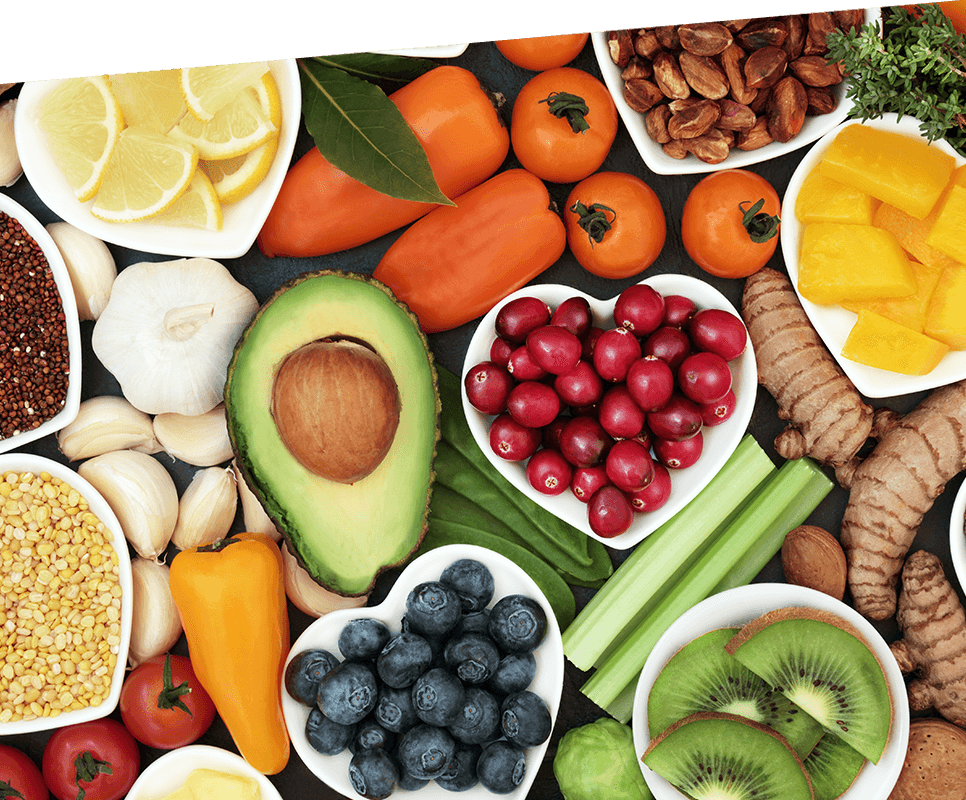
Nutritional tips to combat high blood pressure
- Avoid fatty, salty and unbalanced foods. People in industrial nations are particularly affected by hypertension because of their unhealthy lifestyle.
- Do not drink alcohol – or at least drink it in moderation. Alcohol increases blood pressure and also promotes overweight – a risk factor for high blood pressure.
- If you are overweight, a professionally supervised, healthy weight reduction course would make sense. Your blood pressure would drop by about one mmHg per kilogram of body weight lost.
- Foods with saturated fatty acids are a particular risk – mainly sausage, cheese and butter. Omega-3 fatty acids and mono-unsaturated fatty acids, on the other hand, lower blood pressure. So make sure you use linseed oil, walnut oil, rapeseed oil, soya oil, wheat germ oil or olive oil as fats. Replace animal fats with vegetable fats.
- Reduce your salt consumption to a maximum of six grams per day – this works by avoiding foods with a high salt content, such as ready-to-eat meals. Bread, hard cheese and sausages also contain a lot of salt. Instead of table salt, use spices for cooking. Be creative!
- We recommend a more Mediterranean cuisine with lots of fruit and vegetables, dairy products, just a little meat and more fish. This diet has been shown to lower elevated blood pressure in the long term.

Tips for more exercise in everyday life
Those who exercise regularly not only reduce their risk of chronic illnesses, but also keep fit mentally and physically. But how active are you in your everyday life? What can you do to establish new healthy habits?
The lack of exercise is a real health risk. This applies to children and young people as well as to young and older adults. Regular exercise strengthens the immune system and is therefore the best precaution against diseases such as diabetes, osteoporosis and high blood pressure. Those who are already ill can actively reduce the course of the disease with the help of the appropriate sport.
Physically-active people remain fit and healthy into old age and are in the midst of a busy and healthy life. This is because they like to make new contacts, maintain their zest for life and prevent depression and loneliness. Sport also helps us to maintain a healthy body weight.
However, the older you get, the harder it seems to start with new, healthy activities. Especially if you’ve never been keen on sports. With a change in diet, enzymes such as Foxa 2 are increasingly formed and the urge to move is activated.
Every step counts – how to become more active in everyday life:
- The rule of thumb is to reduce the time you spend sitting. For example, you can stand while on the phone or walk through the apartment while calling.
- Go more on Shank’s pony. For example, climb the stairs instead of taking the lift – this will improve your leg strength.
- Why don’t you do your shopping by bicycle instead of by car? Take a walk again after lunch during the lunch break.
- You haven’t exercised regularly in a while? Then we recommend that you seek advice from your doctor to identify possible health risks.
- Find out what kind of sport you like – because if you enjoy something, you’ll be motivated to do it regularly.
Which sport is the right one for you?
Our bodies love sport and exercise right into old age. Depending on your health, level of training and personal preferences, certain sports are particularly suitable for you. Find out which one!
Each type of movement demands the four levels of endurance, mobility, muscle strength and balance to varying degrees of intensity. A sport is the right one for you if it suits your wishes and your physical prerequisites. In the case of overweight and osteoporosis, for example, only certain types of exercise will be suitable for you. If you want to be on the safe side, it’s best to have your doctor check you out and advise you.
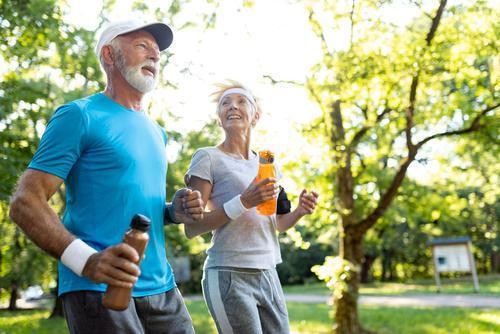
Endurance
In endurance sports, the body is in motion over a longer period of time. Typical endurance sports are walking, hiking, jogging, fast walking, Nordic walking, cycling and swimming.
The big advantage of endurance sports is that
- they can be started at any age.
- You can integrate an endurance sport into your daily routine at any time.
- Previous experience, e.g. in ball sports, is not required.
- Sports like this really provide effective protection against cardiovascular diseases
Mobility
Elasticity and flexibility are crucial for our quality of life – for example, you can avoid damage to your posture. Sports that promote mobility include, for example:
- Yoga
- Tai-Chi
- Qi-Gong
- Stretching exercises
You can exercise these forms of movement in a very gentle and health-oriented way. However, you should learn new sports under professional guidance.
Balance
Balance is the prerequisite for safety and stability. It also has a positive effect on both body and psyche – and you can train your balance! The basic principle – bring your body into an unstable position and still remain upright and straight. A typical balance exercise is standing on one leg. The advantage of these exercises is that they can be done at home.
Muscle power
From climbing stairs to carrying shopping bags: We need strength for many everyday activities. Those who have firm muscles also have stable bones, supple and healthy joints and an upright posture.
You can increase your physical strength through strength training, for example, with dumbbells, weight cuffs or on specialist equipment.
